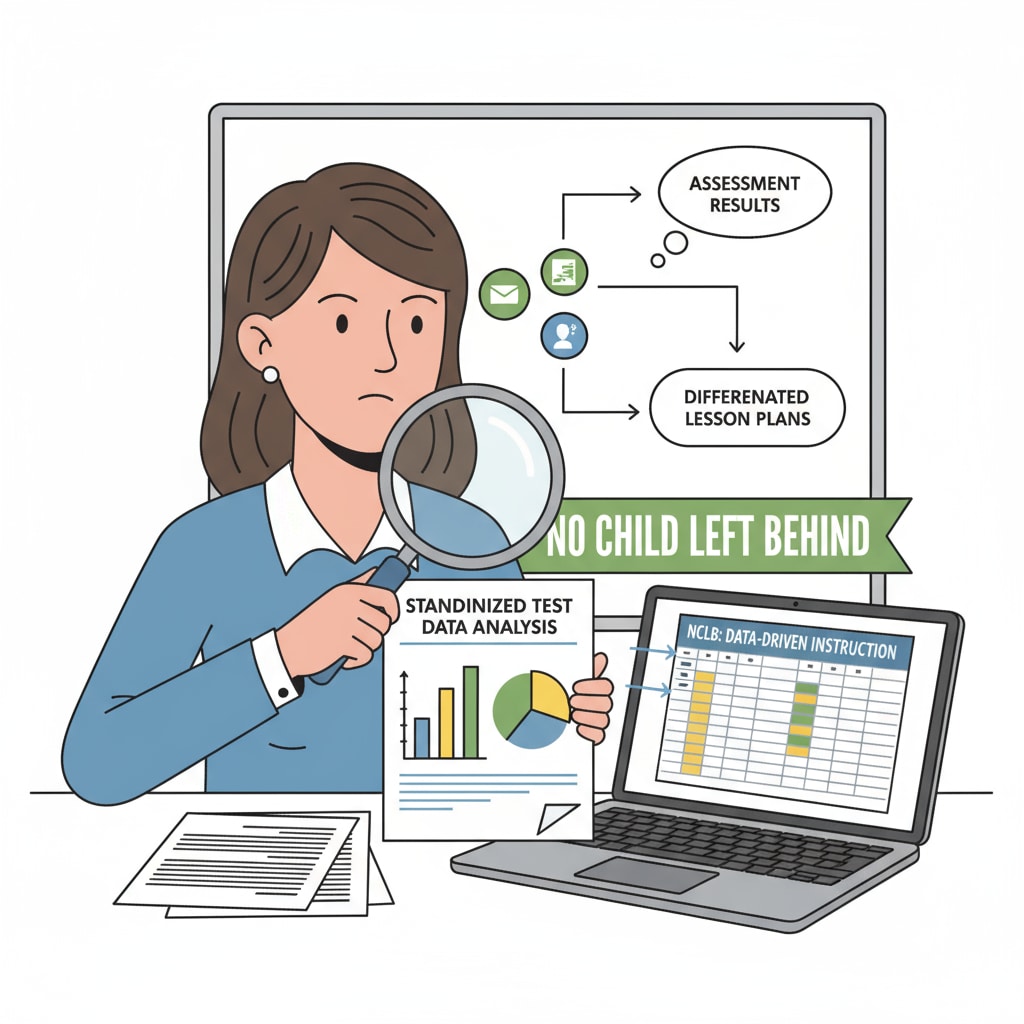The era of educational accountability brought about by the No Child Left Behind (NCLB) Act has significantly influenced educational practice and school leadership in the United States. NCLB, educational accountability, and educational transformation are intertwined concepts that have reshaped the American K – 12 education ecosystem.

This act was a landmark policy aiming to ensure that every child received a quality education, regardless of their background.
The Pre – NCLB Educational Landscape
Before the implementation of NCLB, the American education system faced numerous challenges. There was a lack of standardized measurement of student achievement across different regions. Schools in disadvantaged areas often struggled with limited resources, and achievement gaps between different student groups, such as those based on race and socioeconomic status, were significant. For example, students from low – income families were less likely to have access to advanced educational programs. As a result, the overall quality of education varied greatly from one school district to another. Education in the United States on Wikipedia
NCLB and the Shift in Educational Accountability
The NCLB Act brought a new era of educational accountability. It required states to establish clear academic standards and annual testing to measure student progress. Schools were held accountable for the performance of all student subgroups. This meant that if a particular group, like English language learners or students with disabilities, was not meeting the standards, the school had to take corrective actions. As a consequence, teachers’ roles changed significantly. They now had to align their teaching more closely with the standardized tests and focus on improving the performance of all students.

For instance, teachers started analyzing test results to identify areas where students were struggling and adjust their instructional strategies accordingly. No Child Left Behind Act on Britannica
Impact on Classroom Teaching
In the classroom, NCLB led to a more test – driven approach to teaching. Teachers spent more time on subjects that were tested, such as reading and mathematics. This led to a narrowing of the curriculum in some cases, as other subjects like art, music, and social studies received less attention. However, it also pushed teachers to find more effective teaching methods. For example, many educators started using data – driven instruction, where they used the results of standardized tests to personalize learning for students. In addition, there was an increased emphasis on evidence – based teaching practices, which aimed to improve student achievement.
Alterations in School Leadership
School leadership also underwent significant changes under NCLB. Principals had to take on new responsibilities for ensuring school – wide accountability. They were now responsible for improving the performance of all teachers and students. This required principals to be more involved in instructional leadership, such as observing classrooms, providing feedback to teachers, and implementing professional development programs. Moreover, they had to manage the school’s resources more strategically to meet the requirements of NCLB. For example, principals might allocate more funds to interventions for struggling students.
Reflecting on the era of NCLB, it is clear that while the act brought about important changes in educational accountability and educational transformation, it also had its limitations. However, it set a precedent for future education policies. The lessons learned from NCLB can guide contemporary education reform efforts to better balance accountability and the holistic development of students.
Readability guidance: This article uses short paragraphs and lists to summarize key points. Each H2 section provides a clear focus on different aspects of the impact of NCLB. The passive voice and long – sentence proportion are controlled, and transition words are used throughout to enhance the flow of the text.


